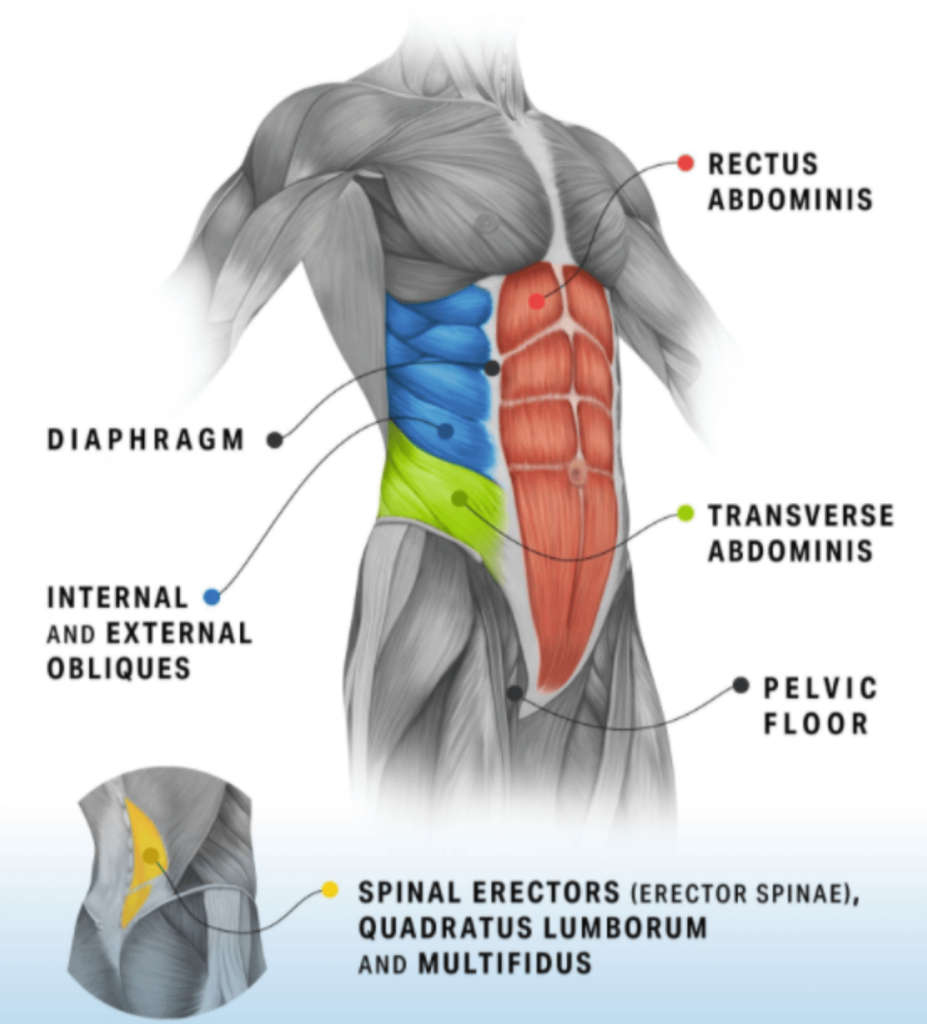Core Truths: Why Strong Foundations Matter More Than Quick Fixes
Written By Terrina White Jr.
There’s an old saying: “nothing worth having comes easy.” When it comes to building a strong, functional body, there’s no shortcut, no magical program, no “one simple move” that will do all the work for you.
We live in a culture flooded with fitness “propaganda”. Flashy headlines, instant transformation challenges, and promises that you can change your body overnight. The truth: one month of core work will not give visible abs. Your habits, nutrition, and movement patterns outside of the gym have to be aligned with that goal to truly see the packs stand out. And honestly? Training your core is about so much more than what you see in the mirror.
Start With Your Why
Before your dive back into training, ask yourself: What am I training for?
Whether your goal is competitions, fat loss, endurance, strength, flexibility/mobility, or aesthetics your program should reflect it. Knowing your “why” from the start not only makes training more effective, it keeps frustrations and burnout at bay.
The Real Definition of “Core”
Your core isn’t just your abs. It’s your body’s entire central support system. It includes: entire network of muscles: your transverse abdominis, lower back, obliques, rectus abdominis, lower back, diaphragm, pelvic floor, and hips (What Is the Core?, 2023), all working together to stabilize, protect, and move your body efficiently. Together, these muscles stabilize your spine, protect your joints, and make movement efficient.
Why Core Strength Matters
A well trained core delivers benefits far beyond aesthetics:
Spinal protection & injury prevention - A strong core stabilizes your spine and lower back during movement and reduces stress on your joints, especially in squats, deadlifts, and overhead lifts.
Better posture & alignment - Keeps you upright and reduces slouching or forward tilt.
Improved balance & stability - Crucial for everything from standing on one leg to performing explosive athletic movements like sprinting, jumping, and changing directions.
More power in lifts & sports - Transfers force between your upper body and lower body.
Support for breathing & pelvic health - Your diaphragm and pelvic floor are part of your core unit and training them helps with longevity and functional health.
Why Core Training is Especially Vital for Women
Women’s bodies are designed with unique structural and hormonal factors that make intentional core training a game-changer:
Pelvic floor support - Essential for postpartum recovery, reducing leaks, and preventing pelvic organ prolapse.
Lower back protection - Hormonal shifts, pregnancy, and posture change can put extra stress on the lumbar spine.
Hip and knee alignment - A strong core improves movement mechanics, reducing injury risk in common problem areas for women.
Confidence in movement - Whether lifting weights,carrying kids, or bringing in the groceries, a stable core creates a reliable, resilient foundation.
Men Benefit Too
For men, core strength improves heavy lifting performance, protects the spine under load, and enhances overall athletic ability; from sprinting to throwing. It’s not just about the aesthetics; it’s about function and resilience, not just appearance on this side of the aisle too!
Visible Abs: The Myth and the Reality
Core strength and visible abs are not the same thing. Genetics, body fat distribution, and diet largely determine whether abdominal muscles are visible. Some will see definition sooner, others later, or not at all. The real victory is capability: standing taller, moving better, and protecting your body in motion.
Bottom Line
Don’t fall for quick hacks. Core strength isn’t built in a month; it’s built through consistency, discipline, and training with purpose. Every rep you do is an investment in your balance, power, and ability to move freely for life.
Train it because your body deserves a strong foundation, not because you're chasing a filtered image.
What is the core? (2023, April 4). GWP - Physical Therapy, Wellness and Performance; Megan Vincent, PTA, AIB-VRC, BRM. https://www.gwpfit.com/what-is-the-core/

